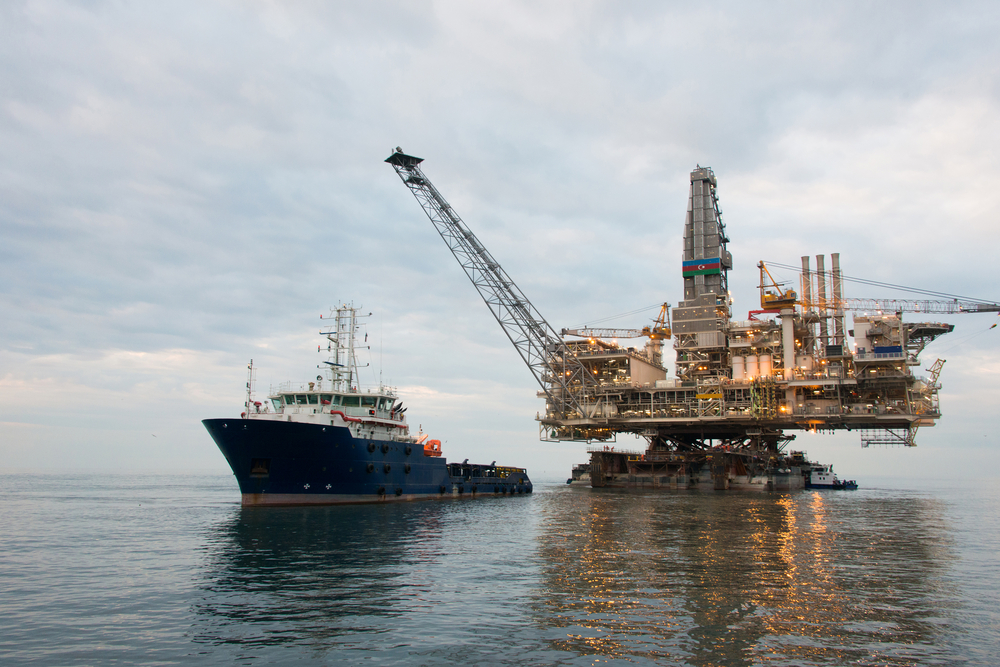
Lifting equipment plays an essential role in oil and gas operations of all kinds but the consequences of non-compliance to standards and Ignorance in relation to lifting can be severe. Ben Dobbs, Head of Technical Services at the Lifting Equipment Engineers Association (LEEA), explains how those who bear responsibility for this plant can find reassurance.
The oil and gas sector can be a dangerous business. Production involves powerful physical processes, using machinery that is pitilessly indifferent to anything vulnerable that may be in the vicinity. These risks are generally well appreciated but less attention is sometimes paid to the risks of lifting and moving materials, often at height, with a bewildering variety of cranes, hoists, platforms, cradles and their associated chains, ropes, slings and other tackle.
Many oil and gas companies may be surprised to discover how much lifting equipment they actually own. The use of material handling equipment is growing partly in a bid to reduce musculoskeletal and repetitive strain injuries. Often there will also be rarely used equipment to do with facilities maintenance. Many sites contain ‘redundant’ lifting gear – redundant, that is, until someone unexpectedly tries to use it. Also, while older equipment may, when properly maintained, have an almost indefinite life, a lot of new gear has a surprisingly short design life – often as little as 10 years.
Those who are hands-on with lifting equipment are generally aware of the risks involved and of their responsibilities driven by regulations. But what of ‘Duty Holders’? These can be anybody from the owner of equipment, supervisor, user, or indeed any officer of an oil or gas operation? Ignorance in relation to lifting can result in serious consequences beyond handicapping a company’s progress: an accident, a visit from health and safety inspectors and, ultimately, severe penalties for those responsible. Users have a duty to ensure that any equipment in their undertaking is fit for purpose and is safe to use. If equipment should fail and cannot be traced back to source, then the user may be found liable for it. This risk must therefore be taken seriously.
An important consideration for end users of lifting equipment in this sector is whether the buyer properly understands what they are procuring, against the intended use. This is becoming more complicated. There are more vendors and intermediaries that aren’t necessarily in a position to give reliable advice on the suitability or provenance of the goods they are offering, particularly with lower value items like slings. A significant increase in the amount of fake lifting gear that is being placed on the market can include all manner of things from mobile cranes to shackles.
Equipment that does not conform, or claim to conform, to a standard should of course sound the alarm bells. Such equipment may get tested in accordance with applicable standards and may even pass a test – and this does indeed occur on occasion. In such instances it only creates a false sense of security because most structural failures are due to fatigue cracking and will occur as a result of cyclic loading, and often at lower than proof load forces. Risk therefore remains.
The only way to remove this risk is to be assured of the safety of the product. This means procuring products that fully comply with applicable standards. Complying with a standard is not difficult or cost prohibitive and to demonstrate that they are complaint, items of lifting equipment must carry the appropriate marking and be issued with the correct documentation.
Purchasing due diligence is vital protection for ensuring you are buying a product or service from the right source. This should be backed up by specifying precisely within your purchase order the product you want, the standard expected and that the product be accompanied by the correct certification.
Oil and gas sector companies also need procedures to ensure that those using lifting equipment have been trained and understand how it should be used, and what tasks it is or not safe to use it for. Staff should be trained to spot and report any defects every time they use equipment. Firms also need procedures for routine servicing and for periodic ‘thorough examination’ and inspection.
The simplest path to peace of mind
To reduce or eliminate the burden of risks around lifting equipment and to gain peace of mind, oil and gas sector operations can source and install their lifting gear with LEEA members, use LEEA to train their people, and contract with LEEA members for ‘thorough examinations’.




